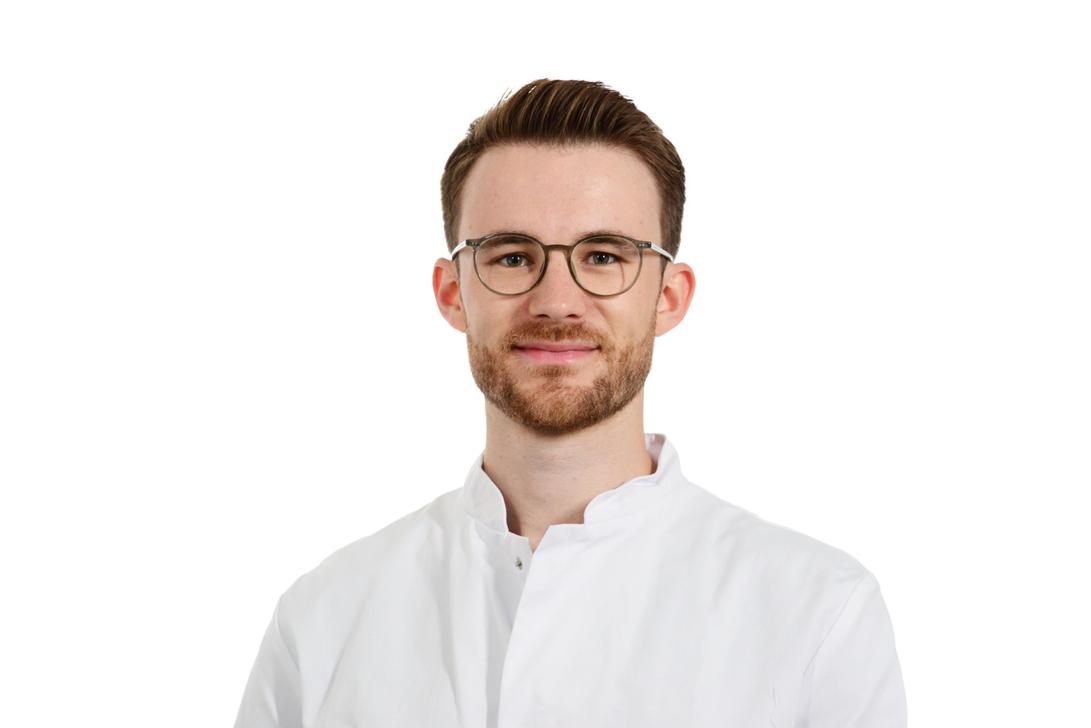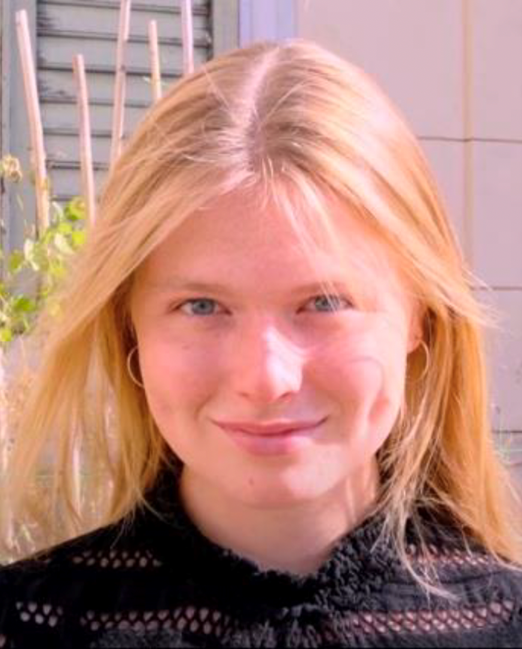AG Kaiser
-
Platelets and immune cells at the crossroad of inflammation and thrombosis
Thrombosis and inflammation are traditionally considered to represent independent entities of acute host responses to barrier breaks: While the swift induction of inflammatory responses is paramount to fight invading pathogens and contributes to tissue homeostasis and recovery, rapid thrombus formation during hemostasis prevents blood loss following vascular injury. Although both thrombosis and inflammation are protective by design and can jointly contribute to host defense (“immunothrombosis”), their excessive activation and reciprocal induction may contribute to the progression of clinically relevant disorders like cardiovascular disease and sepsis. Although sequelae of this excessive inflammatory state known as “thromboinflammation”, including disseminated coagulation and collateral organ damage, have been described, the underlying signaling events that tip the scale from protective towards hazardous interplay between thrombosis and inflammation remain unclear (Kaiser et al., Thrombosis Hemostasis 2025).
Multiple cell types and soluble factors are critically involved in shaping both thrombus formation and inflammation. Our group focuses on different cell types that contribute to both: Platelets and innate immune cells, particularly neutrophil granulocytes. Both platelets and neutrophils continuously patrol the body, rapidly react and adapt both to invading pathogens and sterile tissue injury, and jointly shape immune responses and clot formation alike.
We study the complex interplay of these cells and their contribution in the initiation, progression and resolution of cardiovascular diseases and septic inflammation. For this, we use state-of-the-art omics techniques (single-cell RNA sequencing, mass spectrometry) of patient samples, functional in vitro assays and translationally relevant murine models paired with intravital microscopy.



Ongoing projects
Role of procoagulant platelet activation during septic inflammation
Circulating platelets are highly responsive and can be activated through a variety of sterile and septic mediators to carry out their deeds. In response to particularly strong agonists, platelets can undergo a remarkable transformation known as “procoagulant activation” (PA), which is characterized by high calcium levels, the exposure of phosphatidylserine on their surface and morphological changes known as platelet ballooning. While platelet PA has been associated with thrombus formation both in mice and patients and is widely regarded as hazardous (Kaiser et al. Blood 2024), we have recently shown that procoagulant platelets are highly effective mediators of inflammatory hemostasis, contributing to vascular integrity upon leukocyte extravasation (Kaiser et al, Blood, 2022, Kaiser et al, Blood, 2023). In close collaboration with AG Nicolai, we are now investigating the multifaceted role of procoagulant platelets in inflammation to enable potential therapeutic targeting of their signaling components.
Unraveling human immune responses to Infective Endocarditis
Infective endocarditis (IE), the bacterial infection of the heart valves, is a growing clinical problem with a continuously rising incidence. Despite its insidious and often deadly clinical course, therapeutic options are limited, as is our understanding of the pathophysiological mechanisms driving human immune responses in IE. In collaboration with AG Stark/Pekayvaz and Prof. Kim Martinod (University of Rochester), we phenotype IE patient samples (Kaiser et al., Science Advances, 2024, Pekayvaz et al., Nature Medicine 2024) and use in vitro assays (vegetation-on-a-chip) alongside a translational mouse model of IE to unravel the complex interplay of Staphylococcus aureus and host immunity.
Translational immune phenotyping across the spectrum of Cardiogenic Shock
Cardiogenic shock (CS) is a life-threatening condition defined by inadequate tissue perfusion due to reduced cardiac output, and can be caused by both acute events like myocardial infarction (AMI-CS) and the gradual deterioration of pre-existing heart failure. Despite invasive therapeutic approaches, including the use of mechanical support devices like veno-arterial extracorporal membrane oxygenation (VA-ECMO), CS mortality has remained high. In cooperation with PD Dr. Dr. Benedikt Schrage (Universitätsklinikum Eppendorf, Hamburg), we characterize peripheral immune responses across a wide spectrum of CS severity to identify outcome predictors and putative treatment targets.
The impact of cardiac interventions on platelet and neutrophil biology
Interventional cardiology and invasive electrophysiology studies rely on minimally invasive transcatheter approaches to perform complex procedures like valve reconstruction and ablation procedures. Despite technical and procedural advances, peri-procedural thrombotic complications remain potential threats. We use a highly standardized set of ex vivo experiments to investigate the impact of these frequently performed procedures on platelet and neutrophil phenotypes to identify potential risk factors for peri-procedural thrombotic and hemorrhagic complications.
-
Key publications/Schlüsselpublikationen
- Kaiser R✉, Dewender R, Mulkers M, Stermann J, Rossaro D, Di Fina L, Li L, Gold C, Schmid M, Kääb L, Eivers L, Akgöl S, Yue K, Kammerer L, Loew Q, Anjum A, Escaig R, Akhalkatsi A, Laun L, Kranich J, Brocker T, Mueller T, Krachan A, Gmeiner J, Pekayvaz K, Thienel M, Massberg S, Stark K, Kilani B*,✉, Nicolai L*,✉. „Procoagulant platelet activation promotes venous thrombosis”. Blood. 2024 Dec 12;144(24):2546-2553. doi: 10.1182/blood.2024025476.
- Kaiser R*,✉, Gold C*, Joppich M*, Loew Q, Akhalkatsi A, Mueller TT, Offensperger F, Droste Zu Senden A, Popp O, di Fina L, Knottenberg V, Martinez-Navarro A, Eivers L, Anjum A, Escaig R, Bruns N, Briem E, Dewender R, Muraly A, Akgöl S, Ferraro B, Hoeflinger JKL, Polewka V, Khaled NB, Allgeier J, Tiedt S, Dichgans M, Engelmann B, Enard W, Mertins P, Hubner N, Weckbach L, Zimmer R, Massberg S, Stark K*, Nicolai L*, Pekayvaz K*,✉. “Peripheral priming induces plastic transcriptomic and proteomic responses in circulating neutrophils required for pathogen containment.” Science Advances. 2024 Mar 22;10(12):eadl1710. doi: 10.1126/sciadv.adl1710.
- Kaiser R✉, Anjum A, Kammerer L, Loew Q, Akhalkatsi A, Rossaro D, Escaig R, Droste A, Raude B, Lorenz M, Hold C, Pekayvaz K, Brocker T, Kranich J, Holch J, Spiekermann K, Massberg S, Gaertner F*, Nicolai L*,✉. “Mechanosensing via a GpIIb/Src/14-3-3ζ axis critically regulates platelet migration in vascular inflammation.” Blood. 2023 Jun 15;141(24):2973-2992. doi: 10.1182/blood.2022019210.
- Kaiser R✉, Escaig R, Nicolai L. “Hemostasis without clot formation: how platelets guard the vasculature in inflammation, infection, and malignancy.” Blood. 2023 Oct 26;142(17):1413-1425. doi: 10.1182/blood.2023020535.
- Kaiser R✉, Escaig R, Kranich J, Hoffknecht M, Anjum A, Polewka V, Mader M, Hu W, Belz L, Hold C, Titova A, Lorenz M, Pekayvaz P, Kääb S, Gaertner F, Stark K, Brocker T, Massberg S, Nicolai L✉. “Procoagulant platelet sentinels prevent inflammatory bleeding through GPIIBIIA.” Blood. 2022 Jul 14;140(2):121-139. doi: 10.1182/blood.2021014914.
- Pekayvaz K*,✉, Leunig A*, Kaiser R, Joppich M, Brambs S, Janjic A, Popp O, Nixdorf D, Fumagalli V, Schmidt N, Polewka V.,Anjum A, Knottenberg V, Eivers L, Wange L, Gold C, Kirchner M, Muenchhoff M, Hellmuth J, Scherer C, Rubio.Acero R, Eser T, Deak F, Puchinger K, Kuhl N, Linder A, Saar K, Tomas L, Schulz C, Wieser A, Enard W, Kroidl I, Geldmacher C, Bergwelt—Baildon M, Keppler O, Munschauer M, Iannacone M, Zimmer, R, Mertins P, Hubner N, Hoelscher M, Massberg S, Stark K*, Nicolai L*,✉. “Protective immune trajectories in early viral containment of non-pneumonic SARS-CoV-2 infection.” Nat Commun. 2022 Feb 23;13(1):1018. doi: 10.1038/s41467-022-28508-0.
- Nicolai L✉, Kaiser R, Escaig R, Hoffknecht ML, Anjum A, Leunig A, Pircher J, Ehrlich A, Lorenz M, Ishikawa-Ankerhold H, Aird WC, Massberg S, Gaertner F✉. “Single platelet and megakaryocyte morpho-dynamics uncovered by multicolor reporter mouse strains in vitro and in vivo.” Haematologica. 2022 Jul 1;107(7):1669-1680. doi: 10.3324/haematol.2021.278896.
- Kaiser R*, Leunig A*,✉, Pekayvaz K*, Popp O, Joppich M, Polewka V, Escaig R, Anjum A, Hoffknecht ML, Gold C, Brambs S, Engel A, Stockhausen S, Knottenberg V, Titova A, Haji M, Scherer C, Muenchhoff M, Hellmuth JC, Saar K, Schubert B, Hilgendorff A, Schulz C, Kääb S, Zimmer R, Hübner N, Massberg S, Mertins P, Nicolai L*,✉, Stark K*. “Self-sustaining IL-8 loops drive a prothrombotic neutrophil phenotype in severe COVID-19.” JCI insight. 2021 Sep 22;6(18):e150862. doi: 10.1172/jci.insight.150862.
*Shared first or last authors.
✉Corresponding authors.
For full publication record see: https://scholar.google.de/citations?hl=en&user=y9_JwHIAAAAJ



-

PD Dr. med. Rainer Kaiser
PI
Bgluip Üglcipvimeful#vfiuyziuemiDr. med. Raphael Escaig
MD (Clinician Scientist, former MD student ‘21)
Bgözgiä-Ncyglxvim-ful_,vfiuyziu-mi
Dr. med. Lennart Kreutz
MD (Clinician Scientist)
ViuugpbeÜpifbßvim-Dfu:l#vfiuyziu-miRobin Dewender, M. Sc.
PhD student, ‘23
Büjlu MJWiéiumiWpvimtful_vfWiuyziu-miMaité Mulkers, M.Sc.
PhD student, ‘23
Oglbi-OfäoipcnvimsfSul_vfiuyziu miAnastassia Akhalkatsi
MD student, ‘22
Fugcbgcclg Fozgäogbclvim fulhvfiuyziu-miLea Di Fina
MD student, ‘23
Vig SMlvim ful_;vfiuyziu miMichael Schmid
MD student, ‘24
Lily Kääb
MD student, ‘24
Vläј-Ügigijvim ful_vfiJJuySziu-mi
Konstantin Hoffmann
MD student, ’24
Üüucbagublu-ZüwwSvguuvim Sfulrvfiuyziu mi
Justus Reittinger
MD student, ‘25

Maria Laura Schlageter Chihuan
MD student ´25
OgplgeRyzägxibip;vimJsfual_vfiuyziu-miNellie Malaika Kwabla
MD student, ‘25
Johanna Knechtel
MD student, ‘25
Quentin Loew
MD student, ‘22
ΝfiubDlua VüiévimJsful#vfiuyziusmiAugustin Droste zu Senden
MD student, ‘22
FfxfcblusMpücbivim-fulYrvfiuyziu miLisa Kammerer
MD student, ‘22

Hannah Niederdorfer
MD student ‘25











